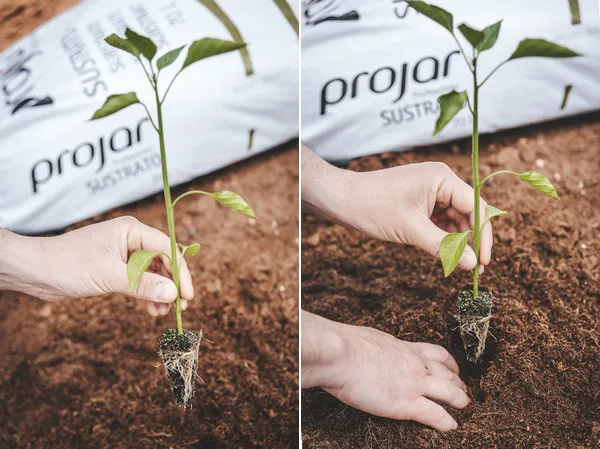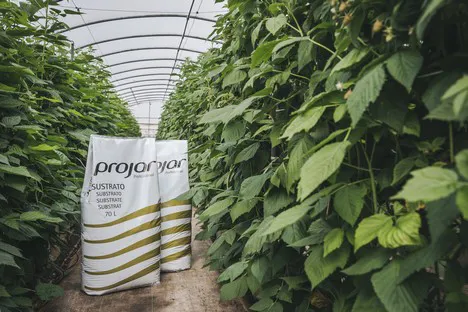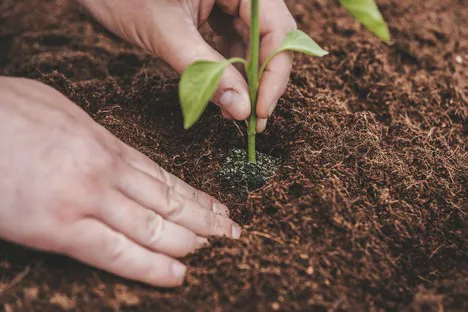RS8, the revolutionary substrate of the Projar brand, has arrived on the market. It facilitates root evolution up to 50% faster, helping the development and growth of plants during transplantation.
Strong and vigorous roots are the key to success behind a good growing strategy. To collect the fruits of so much effort, you have to start by taking care of the root system of the plant. That is why the faster and more extensive it grows, the easier it will be for the vegetative part to fully develop and begin to be productive.

Plants emerging from seedlings are under extreme stress when transplanted into a new environment. Going from ideal seedbed conditions to growing terrain can be a major shock to their root system, which can lead to slow growth progress or even death.
Substrates are a much kinder medium for the transition of roots as they have a suitable structure for root development and are rich in nutrients.
“Many of the problems of implantation of the crop have to do with that initial development of the roots in their new environment” explains Juan Manuel García, Projar agronomist, “a young plant has difficulties to develop in soils depleted by extreme use or on excessively hard and compact terrain”.

That is why Projar's Innovation department has developed a revolutionary product that will be launched on the market during the months of May and June called RS8.
“It is a product that is going to change the way we grow crops and solve many of our customers' problems. The RS8 was born to solve a real problem, since our innovation department always works to find solutions to our clients' problems,” continues García.
By integrating this substrate into the planting area, the company guarantees a substantial improvement of the growing area before planting the seedling, the root system will develop up to 50% faster in the first two weeks, even on hard ground or poor in nutrients as it will act as an intermediate medium to facilitate plant growth.
The RS8 is in fact composed of a perfectly studied mixture of blond peat and coconut fiber. The first one favors the rooting of the plant, which together with the high proportion of coconut provides great water retention capacity, excellent rewetting and optimal levels of nutrient retention and cation exchange, promoting the development of a vigorous root system. In this way, the frequency of irrigation can be reduced without causing stress for the plant, also reducing labor and costs.

"But the great novelty is that we have introduced worm humus into the substrate, thereby increasing the content of humic and organic substances that nourish the plant and increase its rooting volume, by improving the Cation-exchange capacity and providing nutrients for the plant and soil microbiology ”explains Sebastián Marín, Projar's agronomist and promoter of this new product.
The use of this new cultivation system is relatively simple. It will be enough to apply the substrate in the planting hole to facilitate the rooting of the plant from the cultivated land so that the first radicular progress is made in it.
The results have shown that the roots will expand almost twice as fast during the first two weeks, strengthening the neck of the plant and its rapid development. In addition, the death of plants due to lack of compatibility with the soil will be reduced.
If you want to know more information about this new system, the company Projar has prepared an informative sheet that can be downloaded free of charge from this link.
